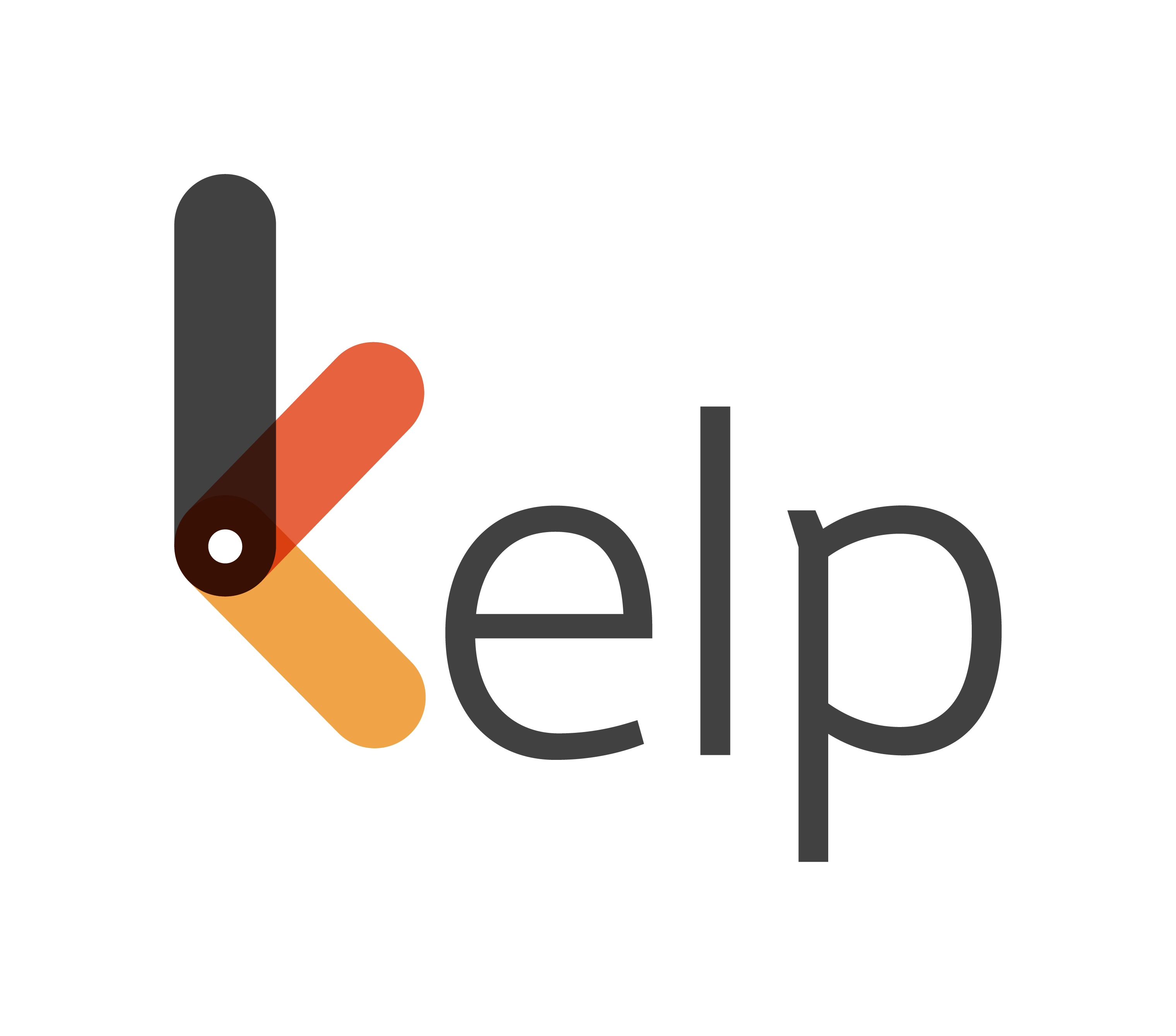
Risk-awareness and mitigation strategies for successful implementation of EAPs
It is 9 PM. Charan has had a long day and is still working. Although he is tired, he is committed to his job of being a corporate counsellor since he has seen the positive impact of extending emotional support to stressed employees. The firm Charan works for provides such Employee Assistance Services to businesses.
He receives a call and gets geared up for being the best he can. The line is not clear. He can hear vague chatter between a few young women. They were loud and enthusiastic, although not coherent. Then one of them asks him an uncomfortable personal question and bursts into laughter, followed by the others.
Charan slams the phone down. He felt as if the balloon in his heart was punctured. This was the third such call this week. He reported it to his employer, who in turn had a strong word with the HR team of their client.
“I cannot put my counsellors through this behaviour, Seema. We are working hard to support your company’s employees and this is how they treat us?! You may have a big name and lots of money, but certainly nothing more than that. We wish to associate ourselves with people with better values. Thank you for your time and good luck.”
On the other side of the receiver, Seema was embarrassed, indignant and wondered if there was anything that she could do. She thought to herself:
What are the high-impact risk factors to consider while implementing an EAP? How to mitigate them?
Employee misuse
Few people may misuse the services, especially if anonymity is used to ensure confidentiality, similar to the fictional example at the beginning of this article. This might not occur frequently but even a single occurrence is not acceptable. There might be other forms of misuse like bullying or extracting additional services, beyond the scope of the EAP.
Mitigation Strategy:
The HR must make it clear that although personal problems are discussed, misuse of the services under any situation will not be tolerated. The action must be strict and severe. The HR can also appeal to the good nature of employees and encourage them to always respect boundaries and be professional.
Extreme cases
There are certain cases like someone reaching out to the EAP for help from a distressful or unsafe situation. Or an employee can call a counsellor and share that s/he is on the verge of suicide, homicide or genocide. In such cases confidentiality has to be breached and the authorities have to be informed.
Mitigation Strategy:
These cases might be extremely rare but are highly impactful if they do occur. An emergency response for such situations should be established and available at all times so that there is a sensible guidance on what to do in the face of panic. Well-trained, senior EAP members must be ready. The HR members must also prepare themselves to handle such situations.
Breach of Confidentiality
Since EAP services are associated with employees’ personal lives, maintaining confidentiality is of utmost importance. If it is breached (other than extreme cases), employees might lose trust and not use the EAP again. Such a breach may even lead to legal issues for the business. Employees must sign a confidentiality clause before using the EAP.
Mitigation Strategy:
The HR team must ensure that confidentiality is maintained in each and every single case by having a mechanism in pace for protecting sensitive information. This must be checked regularly. Records must be safeguarded. Anonymity is a way of maintaining confidentiality.
These are the factors with the highest risk, on which the HR needs to maintain a check while implementing an EAP.








